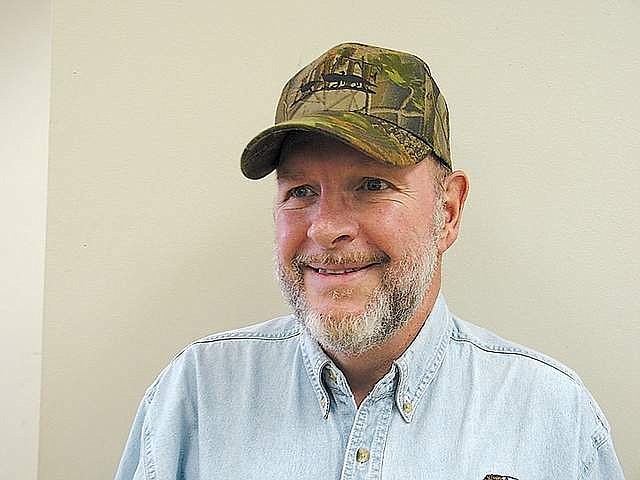Invasive vs. native species: Wild pigs
DENNIS. L. CLAY | Hagadone News Network | UPDATED 5 years, 9 months AGO
Some years ago, perhaps 20 or 25 by now, the Alberta, Canada, tourism people called and wanted me to suggest three other writers to travel to Alberta and explore some outdoor experiences they offer.
This trip was successful, so they offered to host all members of the Northwest Outdoor Writers’ Association. Around 20 accepted the invitation. Besides ice fishing with 3-feet of ice, and visiting places of interest, four of us were invited to go wild hog hunting.
This was to be a muzzle-loading hunt. A nice, large Russian boar came to my .50. This was the first time a wild pig had found its way into sights. These were true wild pigs, imported from Russia. Most of what we call wild pigs in the United States are actually feral pigs, escaped domesticated animals.
There has been wild boar reported in Washington State. The first pig info to reach my desk included animals on the west side and hunters were invited to go shoot them.
No more information was received and none was requested. Still, the circumstances have me wondering. How many pigs were involved, how many hunters helped and were they truly eradicated?
Next, within the last year or two, pigs were reported in the area between I-90 and Frenchman Hills Road. When asked, Fish and Wildlife told me one arm of the U.S. Farm Bureau was going to use a helicopter to shoot the animals.
This was done during the lowest period of human use of the year, so as not to interrupt recreational opportunities. I haven’t heard another word about this operation, but I suspect it was successful or they would continue their efforts.
At first, my thoughts centered around troublesome pigs being a hunting opportunity for local hunters. However, after thinking about this a bit, having the farm bureau working on this project is the proper action. We do not want feral pigs to become established in Washington state.
Incase readers don’t know, the wild pigs do better in the southern states, than where it is warmer. At least pigs seem to be expanding at a faster pace in the south.
A conservative estimate of wild pig damage to agricultural crops and the environment in the U.S. is $1.5 billion annually. In addition, those pesky critters will sometimes damage livestock, mainly lambs, goats and newborn cattle. This usually occurs on calving and lambing grounds, where the pigs are attracted by afterbirth.
Photos have been placed on the internet showing fields where the pigs have been eating. It looked as if the field had been freshly plowed in places.
Tomorrow: More rooting and grunting.
ARTICLES BY DENNIS. L. CLAY

A hunter gets a surprising visit at her tree stand
Tayler Schafer is a busy woman. She is the mother of 2-year-old twin boys, plus she will be finishing her double major in Elementary Education and Early Childhood Education.

Spotting wildlife difficult at times
Bill Witt was driving my Dodge Ram as I scanned the landscape from the passenger seat. We were looking for elk east of the town of Kittitas. Movement was noticed and three white rumps spotted.


